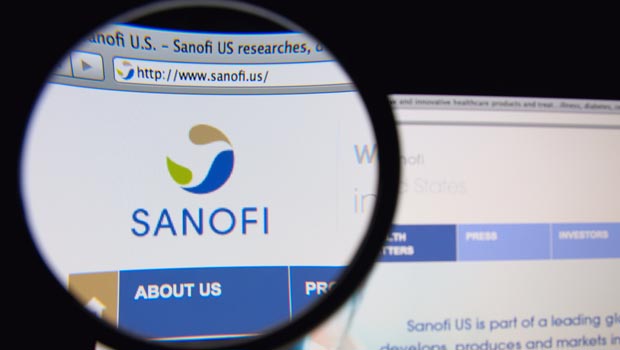Why Lantus is Dominant Right Now

For many people with Type 1 diabetes, Lantus has been a godsend, a long-acting, slow-release basal insulin that has helped thousands of people achieve better glycemic control. Since Lantus hit the market at the turn of the 21st century, it has also become a goldmine for its parent company, Sanofi, racking up nearly $8 billion in sales in 2013 alone.
Lantus market dominance has come at a real price for the diabetes community, however, as Sanofi feels little pressure to keep prices low on its blockbuster insulin glargine drug. In fact, the drugmaker raised the price of Lantus twice in 2013. There is the possibility of price relief on the horizon, however, as Lantus’ patent protection is set to expire in February 2015, and several large pharmaceutical companies are gearing up their own long-acting insulin formulations to steal some of Sanofi’s market share.
That doesn’t mean Sanofi is going to go quietly, however. Its lawyers have been busy in court filing suit to block the first Lantus challenger, a long-acting insulin being developed by Eli Lilly and Company and Boehringer Ingelheim Corp. Basagla, already approved for use in the European Union, has won tentative approval by the FDA, but Sanofi filed suit, claiming copyright infringement.
The court case might come down to a war of definitions. The FDA has determined that Basagla has the same amino-acid sequence as Lantus, but while EU regulators call it “biosimilar” to Sanofi’s drug, FDA regulators do not. As explained in a MedScape Multispeciality article, a drug is considered biosimilar if it is a copy of a biological molecule that is already approved by health regulators, but there is some debate about whether you could ever create a perfect copy of such molecules.
Whether or not the lawsuit succeeds, filing it is a deft business move for Sanofi, as it triggers FDA rules that block the rival drug from entering the marketplace until at least mid-2016, unless a judge rules in favor of Lilly and Boehringer first. In business, timing is everything, and this delay could make a difference of billions of dollars in Sanofi’s bottom line. First, it would help Sanofi avoid a price war that would otherwise be launched in the months following the expiration of Lantus’ patent protection, according to GlobalData Senior Analyst Valentina Gburcik. In a Fierce PharmaMarketing report, Gburcik argues that Sanofi is facing multiple threats to its pharmaceutical market share, and it doesn’t have many answers to these emerging challenges.
“To combat the various market threats, Sanofi (would) most likely have to focus on competitive pricing for its products, as the company currently does not have any other innovative products in its pipeline, apart from the Lantus-franchise safeguards,” Gburcik said in the Fierce PharmaMarketing article.
Rather than forestall the inevitable, the lawsuit may buy time for Sanofi to build the better basal insulin and ensure market supremacy. It was recently reported that a new insulin glargine formula created by Sanofi handily outperformed its old Lantus formulation in a multinational study. Sanofi’s lawsuit could keep Lilly and other pharma companies at the starting line in the basal insulin marketplace while it builds on its sizeable lead. Also, the delay could buy Sanofi time to shift its business model away from overreliance of direct drug sales. Recently, the company announced it was partnering with Medtronic to find a way to leverage Sanofi’s insulin with Medtronic’s pump technology.
What this means in the marketplace, however, is that people with diabetes in the U.S. shouldn’t hold their breath for a new long-acting insulin in 2015, unless a judge throws out the Sanofi suit. Also, there most likely will not be much downward pressure on the price of Lantus. The only good news might be that EU approval of Basagla may signal to the pharmaceutical world that it can’t be a Lantus-only marketplace forever.
Editor’s note: Several readers have correctly pointed out that Levemir is another long-acting insulin option. So far, the product, produced by Novo Nordisk, hasn’t been able to challenge Sanofi’s market dominance.
Thanks for reading this Insulin Nation article. Want more Type 1 news? Subscribe here.
Have Type 2 diabetes or know someone who does? Try Type 2 Nation, our sister publication.